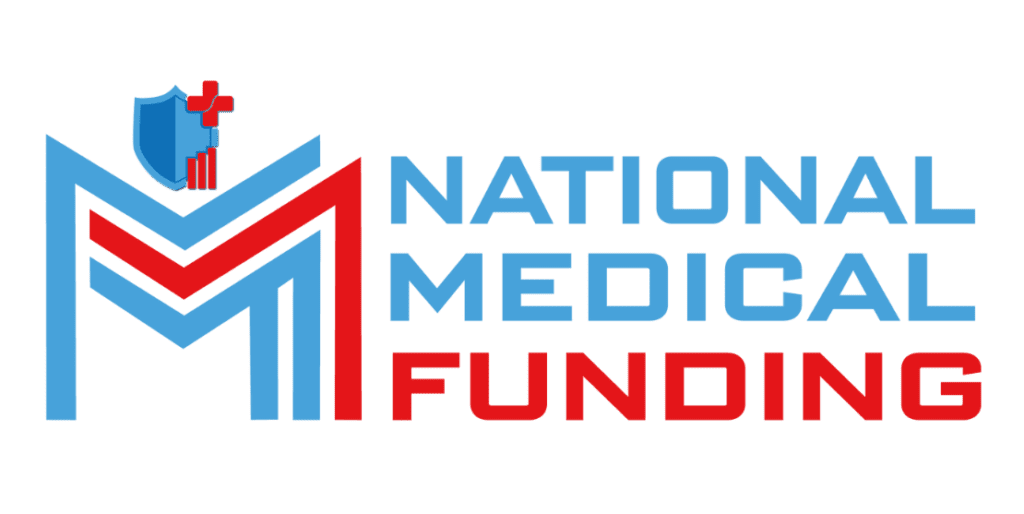
How AI Is Reshaping Healthcare Financing: Wha
Artificial Intelligence (AI) is no longer a futuristic ...

Saturday and Sunday – CLOSED
support@nationalmedicalfunding.com



Running a medical practice is no easy task—especially when cash flow problems get in the way. From staff payroll and equipment purchases to insurance delays and patient billing cycles, it’s not uncommon for even successful clinics to face financial hiccups. Thankfully, healthcare financing offers practical solutions to fix these short-term cash flow gaps without compromising your service quality or growth potential.
In this guide, we’ll explore how financing can help medical practices manage their working capital, why traditional lending isn’t always a fit, and what options exist in 2025 to keep your clinic running smoothly.
Even profitable clinics can experience cash flow shortfalls. Here are some common reasons:
Cause | Impact on Cash Flow |
Insurance claim delays | Payments can take 60–90 days or more |
High upfront operating costs | Rent, payroll, and supplies drain cash reserves |
Seasonal dips in patient volume | Fewer appointments mean reduced income |
Equipment upgrades | Large purchases reduce working capital |
Business expansion | Opening a new location strains available funds |
Medical practices have unique financial cycles. You might be performing procedures today, but not see payment for weeks or even months. In the meantime, vendors, staff, and rent need to be paid. This is where tailored financing can help smooth things out.

If your practice is waiting on reimbursements or billing payments, short-term financing can act as a bridge. Rather than falling behind on obligations or postponing necessary purchases, you can tap into funding to keep everything running.

Think of it like an oxygen mask for your practice—keeping you breathing until the longer-term revenue arrives.
With financing models becoming more diverse and accessible, here are some common and emerging options clinics are using to manage cash flow:
Financing Type | Ideal For | Key Advantage |
Business Line of Credit | Day-to-day operational costs | Flexible withdrawals as needed |
Equipment Financing | Buying or leasing new medical devices | Preserves cash, spreads cost |
Short-Term Loans | Filling reimbursement delays | Fast access to funds |
Working Capital Loans | General business continuity | No need for specific use cases |
Merchant Cash Advances (MCAs) | Practices with strong card-based revenue | Repayments tied to future revenue |
SBA Loans | Expansions or renovations | Government-backed, low interest |
Each type has pros and cons depending on your practice’s structure, goals, and cash flow timing.

Dr. Patel runs a thriving dermatology practice in suburban Atlanta. Despite strong patient volume, her clinic often waits 45–60 days for insurance reimbursements. During peak months, this delay creates tension around payroll and vendor payments.
She secured a short-term healthcare loan through National Medical Funding, allowing her to:
Dr. Patel repaid the loan within six months—long before the peak season ended—while maintaining excellent cash flow and patient satisfaction.
Artificial intelligence is rapidly changing how financing is underwritten and managed. In the past, obtaining funding required time-consuming paperwork and rigid qualification rules. Now, AI helps lenders quickly assess risk, approve loans faster, and match products to the specific needs of medical practices.

These smart tools make it easier than ever for clinics to access capital tailored to their actual performance and needs.

Sometimes, the need for financing isn’t obvious until problems arise. Here are warning signs that your practice may benefit from a cash flow fix:
Addressing these challenges early with financing can prevent bigger issues down the road.
It’s important to view financing as a strategic tool, not a sign of financial weakness. Many clinics use loans to scale faster, expand services, and improve operational efficiency.

Here’s how financing can actually support long-term success:
Use of Funds | Growth Impact |
Hiring additional staff | More patients served, reduced burnout |
New treatment offerings | Increased revenue streams |
Marketing and patient acquisition | Boosted visibility and appointment volume |
Equipment and tech upgrades | Better care, increased efficiency |
Instead of draining your reserves, financing helps you invest in growth while keeping your operations smooth.
Let’s debunk a few misconceptions:
Truth: Many successful practices use financing to manage billing cycles or fund new opportunities.
Truth: With digital applications and AI underwriting, approvals can take as little as 24 hours.
Truth: Financing options now exist for solo practitioners, mobile clinics, and specialized facilities.
Truth: With the right lender and structure, medical loans can have competitive rates and favorable terms.

To improve your odds of fast approval and favorable terms, gather the following documents:
Document | Why It’s Needed |
Business financial statements | To evaluate profitability and trends |
Patient volume reports | To show consistent income |
Tax returns (last 2 years) | For income and compliance verification |
Business plan (for expansions) | To outline funding use and ROI potential |
Credit history | Helps determine interest rates and terms |
Most lenders appreciate transparency and will work with you to find the best-fit solution.
Managing cash flow is just as important as managing patient outcomes. With the right financing solution, your medical practice can thrive—even during seasonal slowdowns or payment delays.
Rather than waiting until you’re in a crunch, be proactive. Look at financing as a tool to empower your team, invest in better care, and grow with confidence.
Whether you’re dealing with temporary gaps or planning for a major leap forward, National Medical Funding offers flexible, fast solutions to support your journey.
Artificial Intelligence (AI) is no longer a futuristic ...
Running a medical practice means staying on top of both...

Fuel your medical practice’s growth with financial solutions tailored to your needs. We’re here to support independent practitioners and group practices with strategies built for success.
Mon Fri: 8:00am – 6:00pm
Saturday: Closed
Sunday: Closed
Copyright © 2025 National Medical Funding